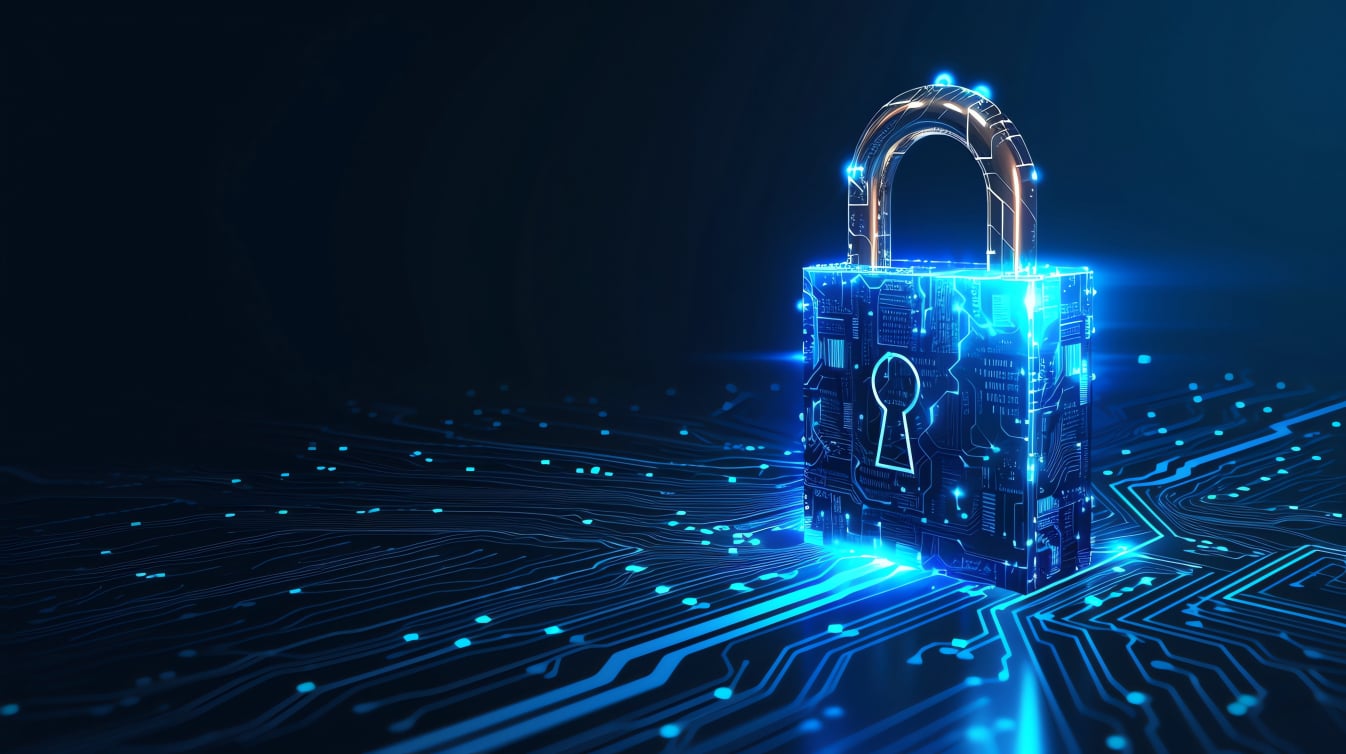[01] Improved User Experience
We no longer have to remember complicated passwords or even swipe security cards several times to grant access. It is easier and enhances the user experience with the help of RFID authentication. Operators can sign in easily, without the need to wait for a manual login or security authentication.
Furthermore, RFID authentication eliminates the uncomfortable security practices that can slow down operations, like having to log onto a computer workstation using a username and password.
[02] Enhanced Security
RFID systems guarantee that only approved individuals are allowed to enter certain areas or control systems. It is more secure than the conventional ways of authentication, such as passwords or PIN numbers, because RFID cards or fobs are attached to the individuals and cannot be easily transferred or copied. Employees can easily authenticate themselves by scanning their RFID tag and thus reduce the chances of making errors.
Additionally, Ignition can tell who has logged into which system and when, leaving an easy-to-follow trail of who has done what and when. Through RFID authentication, companies are in a position to reduce the risk of unauthorized access, tighten security of facilities, and meet regulatory requirements.
[03] Improved Data Collection
RFID authentication in Ignition improves the data collection and traceability of the assets. Each time an RFID tag is read, the system will record the identity of the user, the timestamp, and any other activities or events that may have happened. This data is useful in identifying who actually touched certain systems or equipment, and this is very useful in the diagnosis and optimization of the system.
RFID authentication offers unmistakable evidence of who has accessed the critical infrastructure. Based on the integration of RFID authentication and asset management systems, companies are therefore able to accurately track their equipment and machinery, improve their maintenance planning, and minimize downtime.
[04] Long Term Cost Savings
Although the implementation of an RFID system may require some initial investment, it is a very cost-effective system in the long run. Once an RFID system has been implemented, it helps recoup the initial investment by enhancing productivity and ensures only authorized personnel have access to machine settings, thus preventing costly downtime. The other major advantage is that as your business grows, it can easily be scaled and integrated with other aspects of your Ignition system.
In the long run, this is a much more economical solution than conventional security measures, which may involve completely new installations for each new building or separate hardware for each employee. As your operations grow, new RFID tags and readers can be easily incorporated to support more people, assets, or sites.
[05] Simplified Access Control
The RFID authentication is integrated with the Ignition access control systems without a hitch. It is not necessary to try and manage user credentials by hand, but instead have businesses simply provide unique RFID identifiers to workers, machines, or equipment. Because of its ease of connectivity to Ignition, it is a rather simple matter to specify access permissions as to who can view the data or modify it, or who can access certain aspects of the system.
This level of flexibility ensures that employees can see only what they need, with less chance of unauthorized action. For instance, operators could be granted access to the manufacturing system, whereas the administrators would be able to access the system configurations and parameters completely.





